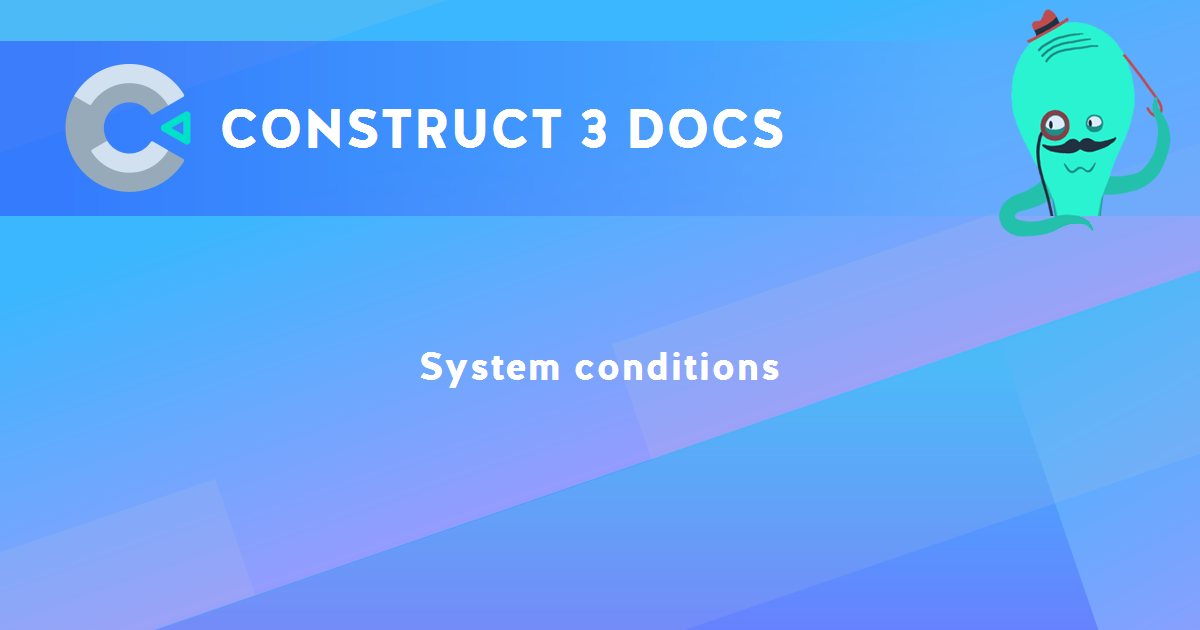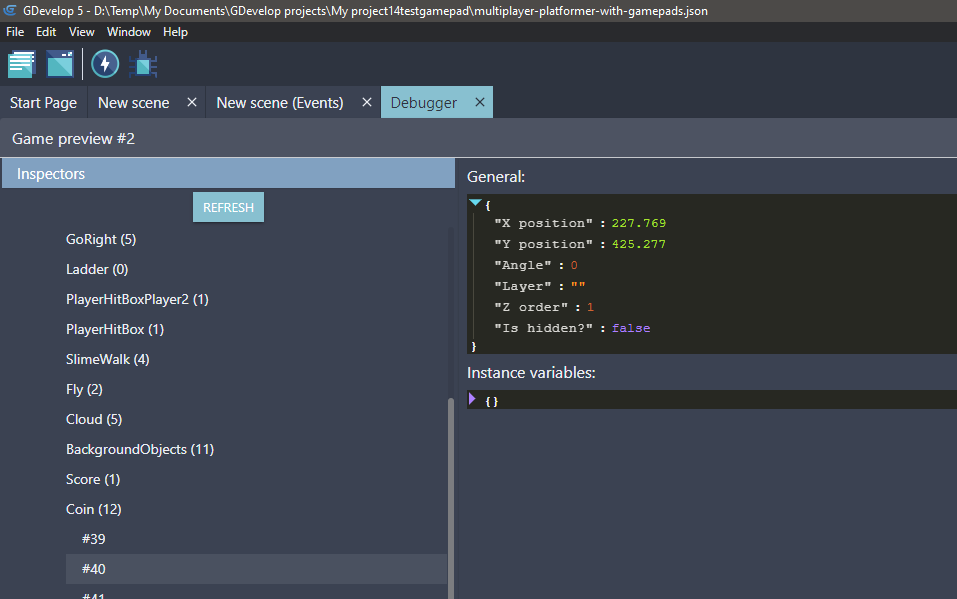So, I’m not 100% sure on this, but my minimap example works by checking collisions on a set of created objects, and those objects always end up with the same object # in the debugger every time it is launched. I’m not sure this is pure luck or if objects are always going to test in the same order, or what.
So this presents itself in numerous different ways, but I THINK it is always collision focused. Here’s a few examples I remember from the discord:
- You are making a tetris-like game/block like game. All of your different piece objects are in a “tetromino” group. You want to set up an event that is “Separate objects” between two different members of the group, and only want to force the one that is already moving to be separated. In other engines, the one that is moving is the one treated as “initiating” the collision, so it is the first in the object list. You’d pick the “first” object and move only that one away, or if you wanted to move the “stationary” object you’d pick the second/third/last/etc object. Even with object IDs today, you cannot effectively target the different objects.
- Similar to the above, you’re making a jigsaw puzzle game. All of your events require the puzzle pieces to be in a group, but when you drop a puzzle piece you want the piece dropped to be moved/snapped to the correct position (separated from the existing jigsaw piece) and the stationary piece to remain stationary.
I found that a lot of engines have this same type of issue, but have this pick nth behavior as a way to solve it. I feel like it could be important to clear up the above type of confusion:

System conditions - Construct 3 Documentation ★★★★★
This section describes all the conditions in the built-in System object in Construct. They're listed in the order they appear in the Add Condition dialog . Note...
With all of the above in mind, I do also think there are benefits of something that says “Pick Nth object” as a condition in general, even ignoring just collisions, as it would let you pick whatever order of object meets the conditions in the same box. I would think this would just work based off whatever order they show up as in the debugger, since that does truly seem static for me:
With the Multiplayer Platformer with gamepads example, the first coin on the lower left is always #40 for me, no matter how many times I restart, or even if I create a whole new example project.





